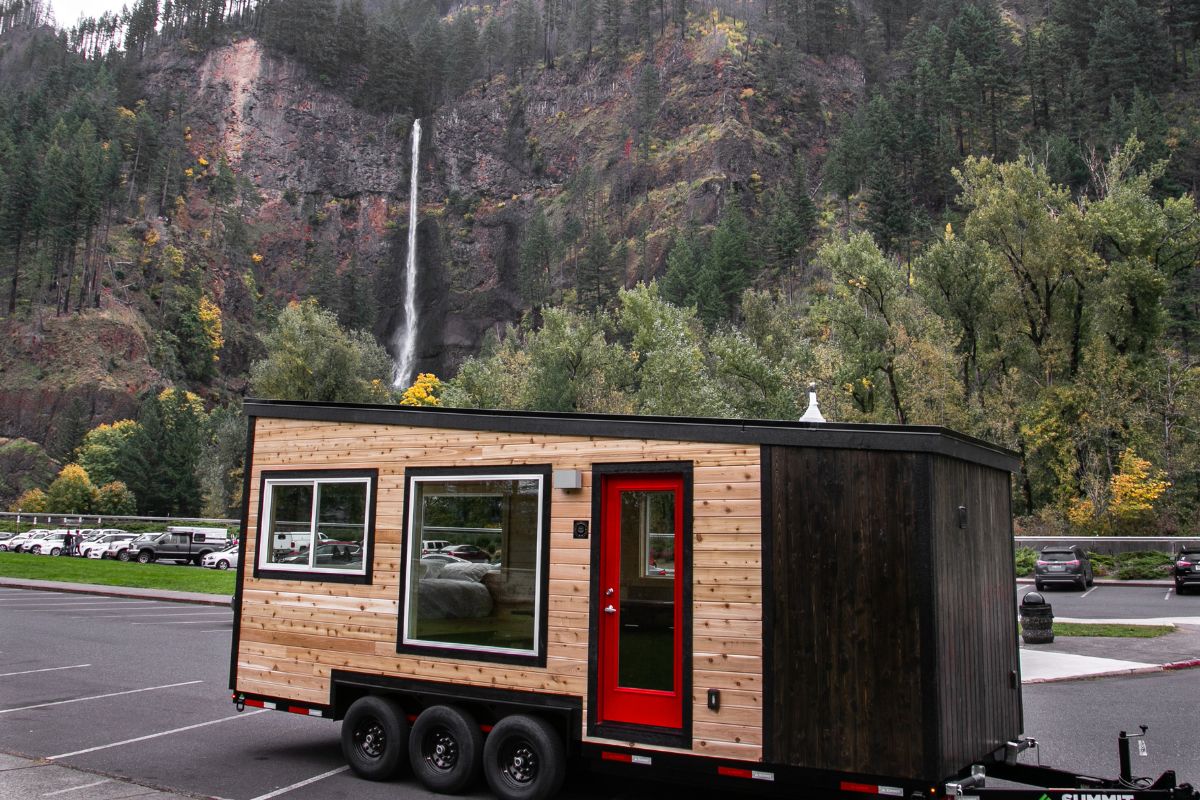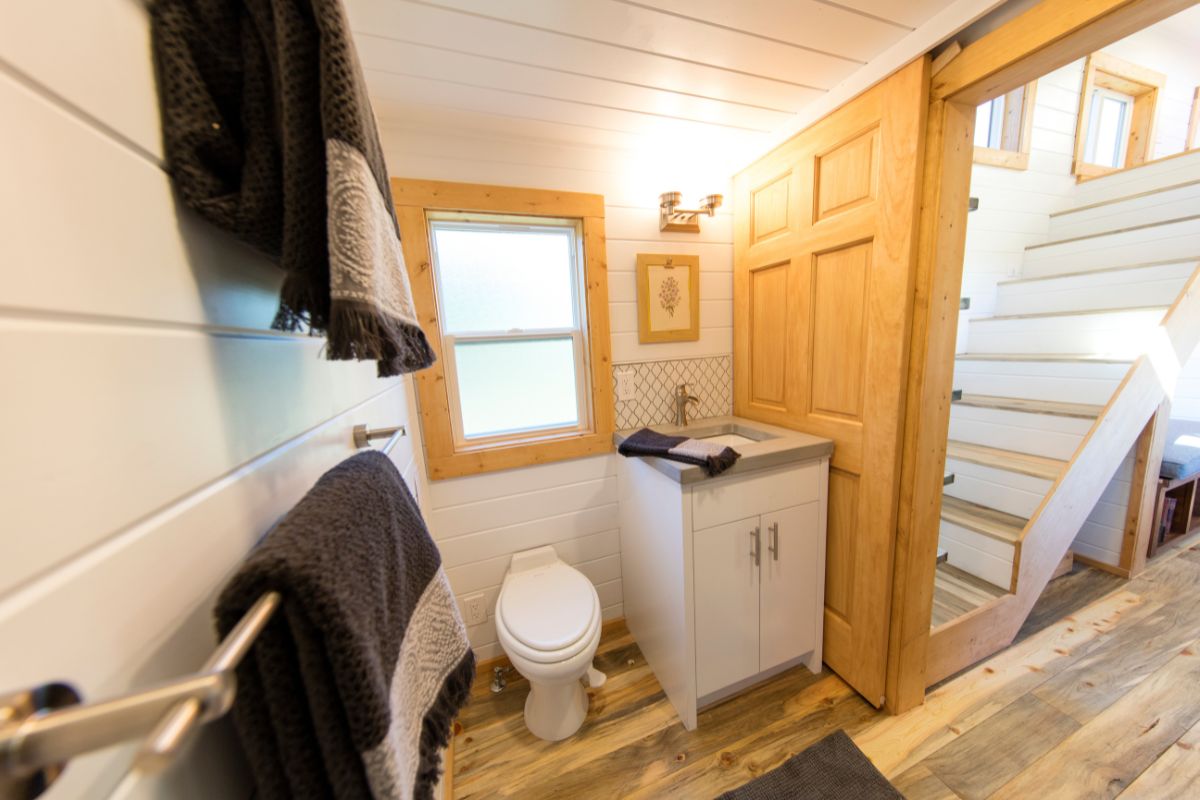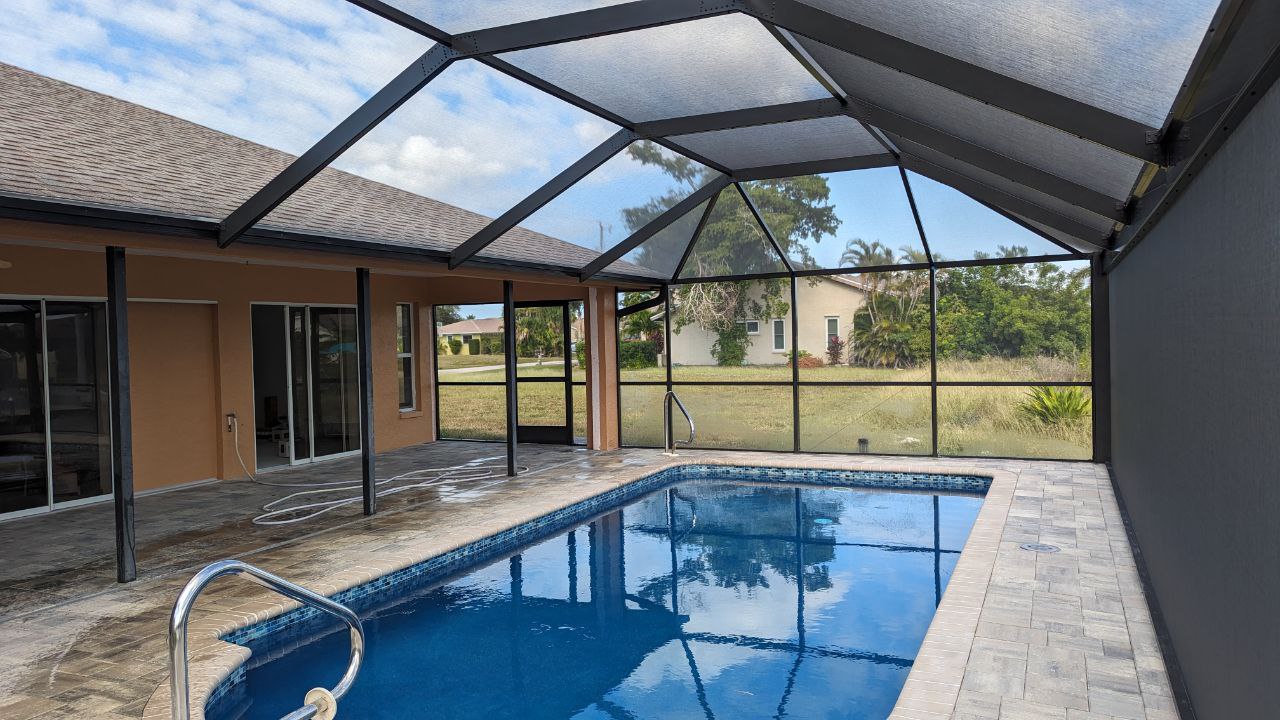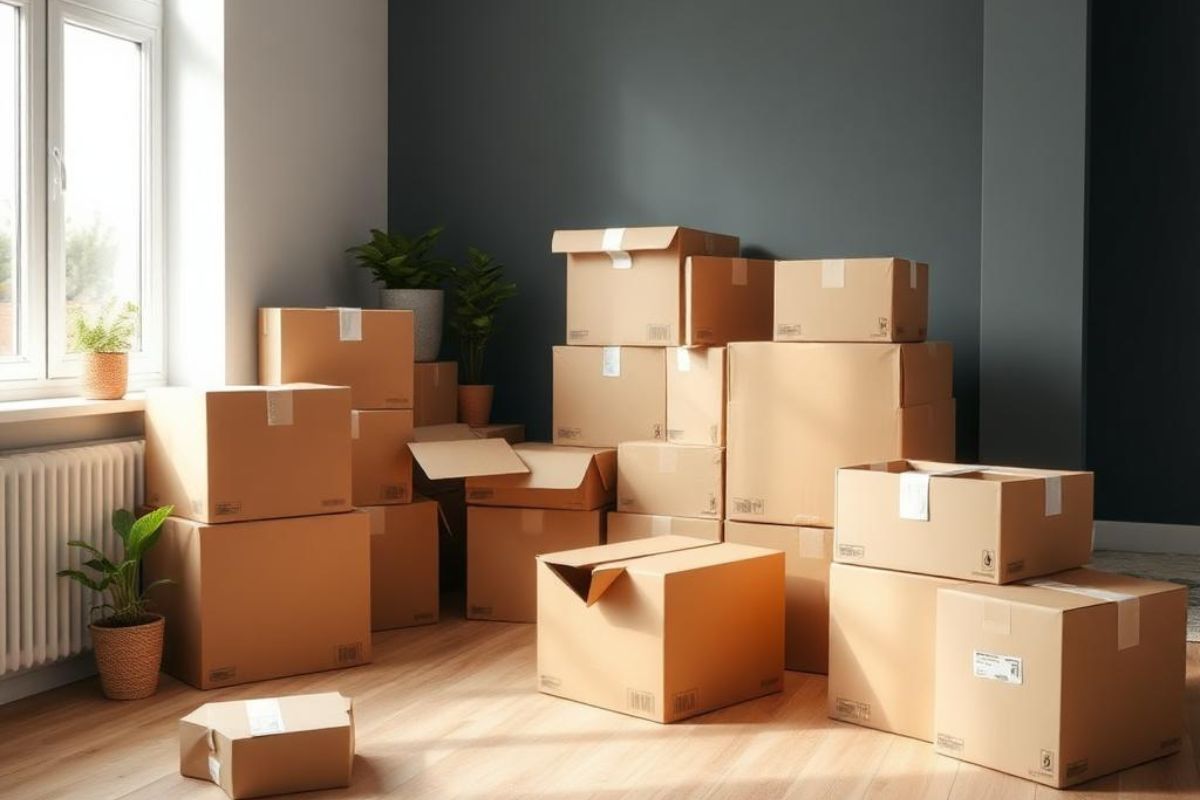Tiny homes have grown in popularity as people embrace simpler living, reduced costs, and sustainable lifestyles. While the concept is appealing, building a tiny home comes with challenges that first-time builders may underestimate. Unlike traditional homes, every inch of a tiny house must be carefully planned, designed, and constructed to balance comfort, functionality, and safety.
Mistakes in construction can compromise livability and long-term durability. For first-timers, learning what pitfalls to avoid is just as important as knowing what steps to take.
Overlooking Professional Guidance
One of the biggest mistakes new builders make is assuming they can manage the entire project alone. While DIY projects are popular in the tiny home movement, construction involves more than just hammering boards together.
Building codes, zoning regulations, and structural requirements can be overwhelming to navigate without guidance. Working with trusted construction experts ensures the home is safe, compliant, and structurally sound. Professionals can assist with design, materials selection, and technical work like plumbing and electrical installations. Even if you want to be heavily involved in the build, having expert oversight prevents costly errors and ensures the home passes inspections.
Poor Space Planning
Tiny homes demand meticulous planning of every square foot. First-time builders often underestimate the importance of layouts, resulting in cramped or dysfunctional spaces. Poor placement of doors, windows, or furniture can make the home feel smaller than it needs to be, while overlooking storage solutions can create daily frustrations.
To avoid this, plan your layout carefully before construction begins. Think about your lifestyle, do you cook frequently, need a workspace, or have pets? These considerations should inform your design. Multifunctional furniture, built-in storage, and open floor plans can maximize livability. Sketches, 3D models, and mock-ups help visualize how space will be used before committing to a final design.

Using Low-Quality Materials
Budget-conscious builders may be tempted to cut costs by using cheaper materials. Unfortunately, this often leads to problems down the road. Inferior materials wear out faster, require more maintenance, and may not withstand extreme weather conditions. For tiny homes that may be moved or exposed to varied climates, durability is critical.
Investing in quality materials upfront pays off long term. From roofing and siding to insulation and flooring, strong materials increase energy efficiency, reduce repair costs, and extend the life of your home. While quality may mean higher initial expenses, it prevents costly replacements and ensures a safer, more comfortable living environment.
Ignoring Insulation and Ventilation
Another common oversight is inadequate insulation and ventilation. Because tiny homes are small, they heat up and cool down quickly, which can make them uncomfortable if not properly insulated. Poor ventilation leads to moisture buildup, causing mold, mildew, and structural damage.
Proper insulation tailored to your climate keeps temperatures stable and energy bills low. Ventilation is equally important; installing vents in the bathroom and kitchen, as well as using fans or skylights, reduces humidity and improves air quality. These elements are critical to creating a comfortable and healthy living environment in such a compact space.

Overcomplicating Utilities
Plumbing, electrical, and HVAC systems are often more complicated in tiny homes than in traditional houses. First-time builders sometimes underestimate the complexity of these systems, leading to safety hazards or expensive mistakes. Improper wiring can cause fires, while poorly designed plumbing may result in leaks or freezing pipes.
Before beginning construction, research your options carefully. Decide whether you’ll connect to traditional utilities, use off-grid solutions, or create hybrid systems. Working with licensed professionals is crucial for critical systems; while DIY may seem appealing, mistakes in these areas can compromise both safety and functionality.
Neglecting Mobility Considerations
Not all tiny homes are mobile, but for those built on trailers, overlooking mobility requirements is a serious mistake. Many first-time builders fail to account for road regulations, weight limits, and towing stability. A poorly balanced or overweight tiny home can be dangerous to transport and may not comply with legal requirements.
If mobility is part of your plan, design with transport in mind from the start. Use lightweight but durable materials, distribute weight evenly, and confirm the trailer is strong enough to support your design. Checking local transportation laws ensures your home can be safely and legally moved.
Failing to Budget Accurately
Cost overruns are one of the most common stumbling blocks in construction, and for tiny homes, they can feel overwhelming. Many first-time builders start with a rough estimate of material costs but fail to account for the full scope of expenses. Permits, labor, delivery charges, and specialized equipment are often overlooked, quickly turning what seemed like an affordable project into a financial strain. Homeowners underestimate finishing costs, such as cabinetry, fixtures, and furnishings, which can add thousands of dollars to the final price.
Unexpected challenges contribute to rising costs. Weather delays may push back timelines, increasing labor or rental fees. Material shortages or price fluctuations can force builders to purchase more expensive alternatives. Even small mistakes, such as cutting materials incorrectly or miscalculating measurements, can mean re-purchasing supplies. These hidden costs accumulate quickly, leaving first-time builders scrambling to adjust.

Overlooking Long-Term Comfort and Resale Value
Many first-time tiny home builders are so focused on the excitement of completing their project that they forget to think about how the home will function in the long run. A design that feels cozy and efficient during the first year may not remain comfortable after five or ten years, as needs change or families grow. Overlooking long-term comfort can result in daily frustrations, while neglecting resale value may make the home harder to market if circumstances change.
Comfort in tiny living is about more than saving space; it’s about creating an environment that supports your lifestyle sustainably. Small missteps like insufficient ceiling height, poor airflow, or inadequate storage may not seem critical during the build, but they can take a toll. Features such as natural light, energy-efficient insulation, and ergonomic layouts make the space more livable year after year. Planning for durability by choosing resilient materials prevents the need for costly replacements down the road.
Building a tiny home is an exciting venture, but it’s a challenging process that requires careful planning, quality materials, and professional guidance. Avoiding common mistakes like poor space planning, low-quality materials, inadequate insulation, or inaccurate budgeting helps ensure a smoother build and a more comfortable home.
By partnering with construction experts and approaching the project with foresight, homeowners can transform their vision of a tiny home into a safe, functional, and lasting reality. With the right balance of creativity and practicality, your first tiny home can be both a personal retreat and a valuable long-term investment.






Share: